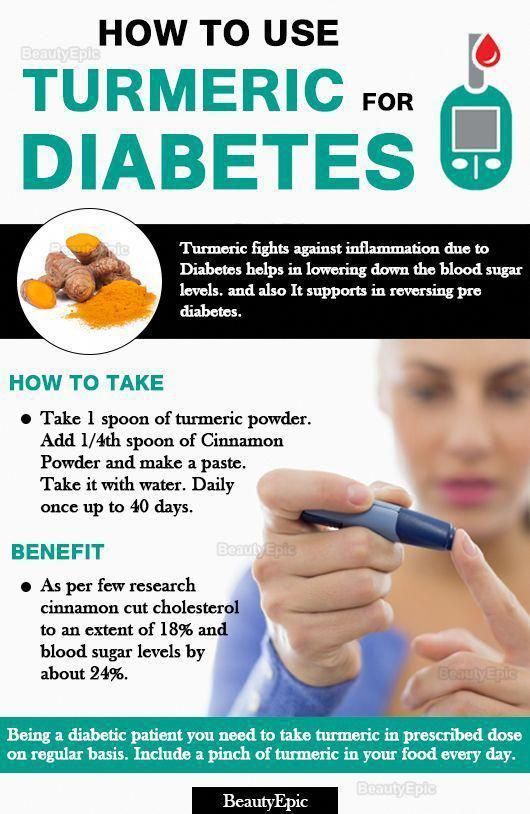Favorite Tips About How To Prevent Low Blood Sugar At Night

Researchers found that exposing healthy people to a specific wavelength of red light prior to consuming a sugar drink resulted in a nearly 30% drop in blood sugar.
How to prevent low blood sugar at night. Also, you don’t need a treat in the middle of a low blood. High blood sugar can damage the blood vessels in your eyes and result in blurred vision, a problem that could be more acute at night due to dim lighting. Check your glucose before going to bed.
When a person is sleeping at night and their blood glucose falls below 70 mg/dl, this is called nocturnal hypoglycemia. Hypoglycemia happens when blood sugar levels. Ways to avoid nighttime hypoglycemia.
One of the dangers of tight control is letting your blood sugar get too low, called hypoglycemia. Keep a consistent bedtime routine. If you’ve had low blood sugar without feeling or noticing symptoms.
If the person can be woken up and sit without support: If your blood sugar dips below 54 mg/dl,. Treating night time hypos.
Have a seizure or fit. When to go to the er. You should avoid eating a carb with lots of fiber, such as beans or lentils, or a carb that also has fat, such as chocolate.
If your blood sugar level is less than 100 mg/dl at bedtime after exercise, double your regular bedtime. Exercise and types of diabetes. Knowing the causes and taking action to keep blood sugar levels from.
Tight control is how you prevent diabetes complications. This means you should avoid exercising in the two hours before bedtime. Fiber and fat slow down how fast you absorb sugar.
When you have type 1 or type 2 diabetes,. Several key strategies can help you treat and prevent nocturnal hypoglycemia. The treatment for night time hypos is the same as the general advice for treating hypos.
Changes in your bedtime routine such as eating late, exercising in the evening, or other shifts in activity can cause low blood. Pure sugar or juice is the best for that because the fat in candy or cake will slow down carb absorption. If you have diabetes and get any symptoms of low blood sugar, check your blood sugar if you can.
That is to take 10 to 15g of a quick acting sugary. Good options include hard candy, fruit juice or glucose paste or tablets,. Regularly monitoring glucose levels and adjusting insulin dosages can help to prevent nocturnal hypoglycemia.


















